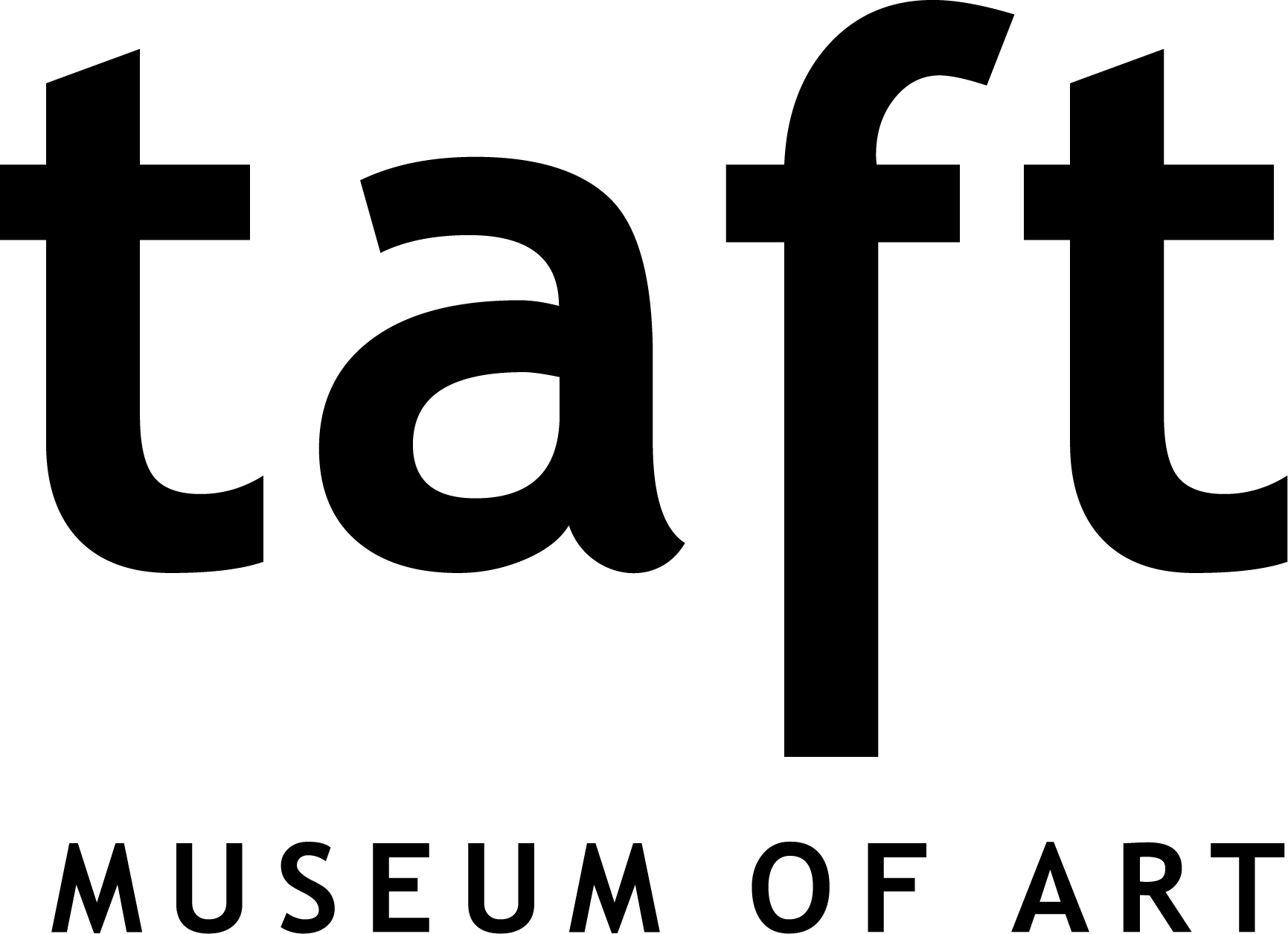Indigo and the Art of Quiltmaking
Indigo, an ancient botanical pigment, produces shades of blue from pale sky to inky midnight. Most natural dyes fade relatively quickly, but indigo is colorfast—it may lighten over time but always remains blue. For thousands of years, people around the world have treasured textiles dyed with indigo. A synthetic version, developed in the 1880s, still colors today’s blue jeans. This exhibition presents twenty quilts created between the early 1800s and 2015. Each one incorporates fabric dyed with indigo. The quilts on view showcase a range of indigo dyeing techniques as well as the skill, design sensibility, and artistry of the women who made them. Indigo and the Art of Quiltmaking is organized by the International Quilt Museum, University of Nebraska-Lincoln, home to the largest public collection of quilts in the world.
Exhibition Programs
Workshops and Demonstrations
- November 15 | Family Workshop, Indigo Dyeing with Ashley Kubley (Registration)
- November 16 | Quiltmaking (Registration)
Young Professional Events
- November 7 | Stitch 'n B*tch (Walk-In)
Indigo: The Ancient Color in Your Closet
by Angela Fuller, Assistant Curator
Most plant dyes produce warm earth tones that fade away relatively quickly, but indigo’s distinctive, cool hues are colorfast; they may lighten over time, but always remain blue. Explore the history of indigo and how its dyes have been used from the past to the present.
Plan Your Visit
Expand your visit beyond the galleries to discover the museum’s wide array of events and programs, retreat in the beautiful downtown garden, find a Cincinnati keepsake in the Museum Shop, or expand your culinary palate in the Taft Café.
Exhibition Sponsors
Indigo and the Art of Quiltmaking is organized by the International Quilt Museum, University of Nebraska-Lincoln.
-
Exhibition Support Generously Provided by
![]()












